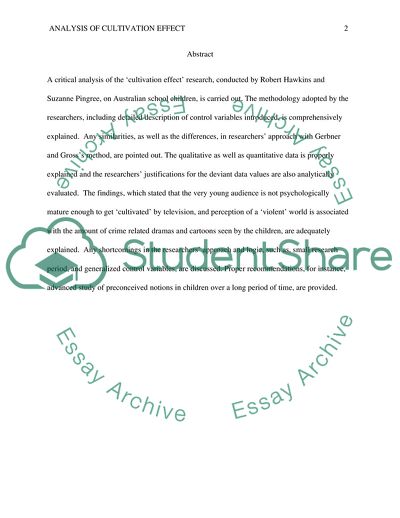Cite this document
(Communication Theories Report Example | Topics and Well Written Essays - 2500 words, n.d.)
Communication Theories Report Example | Topics and Well Written Essays - 2500 words. https://studentshare.org/journalism-communication/1758091-communication-theories
Communication Theories Report Example | Topics and Well Written Essays - 2500 words. https://studentshare.org/journalism-communication/1758091-communication-theories
(Communication Theories Report Example | Topics and Well Written Essays - 2500 Words)
Communication Theories Report Example | Topics and Well Written Essays - 2500 Words. https://studentshare.org/journalism-communication/1758091-communication-theories.
Communication Theories Report Example | Topics and Well Written Essays - 2500 Words. https://studentshare.org/journalism-communication/1758091-communication-theories.
“Communication Theories Report Example | Topics and Well Written Essays - 2500 Words”. https://studentshare.org/journalism-communication/1758091-communication-theories.


